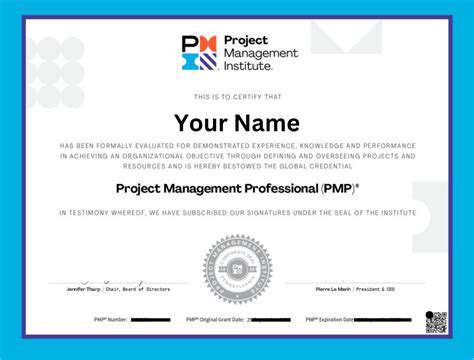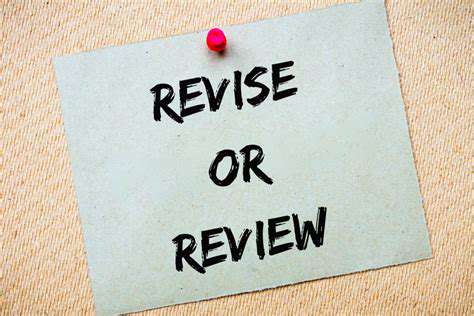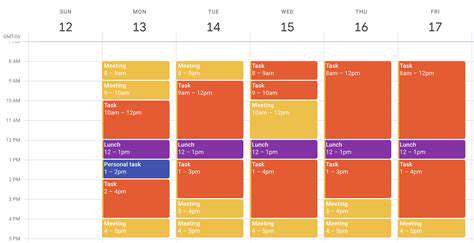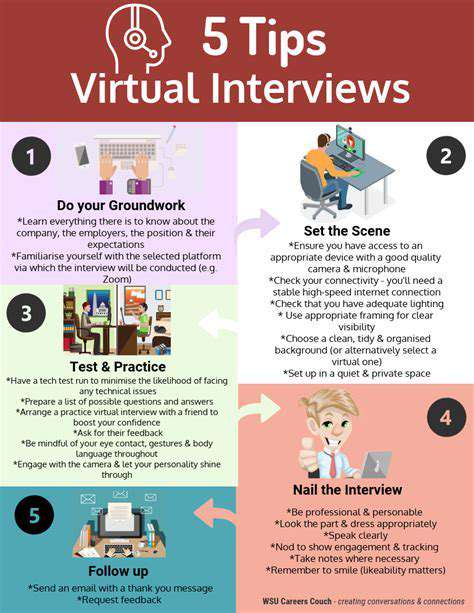How to Write Professional Reports
Defining Your Report's Purpose and Scope
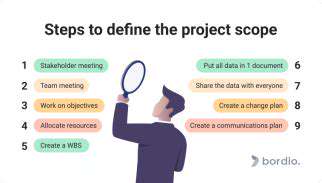
Defining Your Scope
A crucial first step in crafting any effective report is defining its scope. This involves clearly outlining the specific area of focus, ensuring that the report's boundaries are well-defined and that the investigation doesn't stray into irrelevant territory. A well-defined scope is essential for maintaining focus and ensuring the report remains manageable and achieves its intended purpose. This clarity also helps avoid the pitfalls of information overload and keeps the analysis targeted and relevant.
Consider the specific questions the report aims to answer. Defining the scope early on helps to identify the necessary data sources and methods of analysis. A precise understanding of the scope prevents the collection of unnecessary data, saving time and resources while ensuring that the findings are directly related to the objectives.
Identifying Your Audience
Understanding your audience is paramount for crafting a report that is both informative and impactful. Consider the background, knowledge level, and needs of the individuals or groups who will be reading the report. Tailoring the language, level of detail, and presentation style to your audience will greatly enhance the report's effectiveness.
By anticipating their needs and expectations, you can create a report that is accessible and engaging for them. This also allows you to prioritize the information that is most relevant to their understanding and decision-making processes.
Establishing Key Performance Indicators (KPIs)
Clearly defining the KPIs that will be used to measure success is essential for evaluating the effectiveness of any report. KPIs provide measurable benchmarks against which progress can be assessed and conclusions drawn. Choosing appropriate KPIs ensures that the report's findings are concrete and actionable. By establishing clear KPIs, you ensure the report provides a tangible evaluation of the situation and allows for informed decision-making.
Identifying the correct KPIs requires careful consideration of the report's objectives and the specific aspects of the subject matter that need to be evaluated. This meticulous process ensures that the report delivers valuable insights and facilitates data-driven conclusions.
Outlining the Report's Structure
A well-structured report is not only easier to read but also more effective in conveying its message. Creating a logical outline that organizes the information in a coherent and understandable manner is crucial. This involves deciding on the order of presentation, the inclusion of supporting evidence, and the appropriate use of visuals to enhance understanding. A structured approach ensures that the report flows smoothly and effectively communicates the key findings.
Developing a clear structure also helps ensure that the report remains focused and avoids digressions. A well-organized structure ensures the report remains focused on its objectives and delivers a clear and concise message. This is critical for maintaining reader engagement and ensuring the report accomplishes its intended purpose.
Collecting and Evaluating Data for Accuracy
Understanding Data Collection Methods
Effective data collection is crucial for producing accurate and reliable reports. Choosing the appropriate method depends heavily on the type of information needed and the resources available. Different methods, such as surveys, interviews, experiments, and observations, yield varying levels of detail and require specific considerations for ethical treatment of participants. Understanding these nuances is critical to ensure the data gathered is both valid and representative of the target population or phenomenon.
Careful planning and consideration of potential biases are essential. For instance, a poorly constructed survey question can skew results, while an interviewer's demeanor might influence responses. Recognizing these potential pitfalls and implementing strategies to mitigate them is vital for ensuring the integrity of the collected data.
Defining the Scope and Objectives
Before collecting any data, it's critical to clearly define the scope of the investigation and the specific objectives the report aims to achieve. This involves outlining the key questions the report needs to answer and identifying the target audience. A well-defined scope ensures that the collected data directly addresses the report's goals, preventing unnecessary or irrelevant information from being gathered.
Clearly articulating the objectives also helps in prioritizing data collection efforts. Focusing on the most relevant data points will lead to a more efficient and effective data gathering process, which is essential for time management and resource allocation.
Ensuring Data Quality and Validity
Maintaining data quality throughout the collection process is paramount. This includes establishing clear protocols for data entry, ensuring consistent application of measurement tools, and implementing mechanisms to control for errors. The validity of the data is directly affected by the quality of the collection process. Robust data collection methods will lead to more accurate and insightful analysis.
Evaluating Data Sources for Reliability
Identifying reliable and credible sources for data is an essential step in ensuring the accuracy of the report. Consider the reputation, potential biases, and methodology of each source when evaluating its reliability. For instance, a report based on a biased or unreliable source will inevitably compromise the report's trustworthiness.
Utilizing Appropriate Statistical Tools
Employing appropriate statistical tools for analyzing the collected data is crucial for extracting meaningful insights. This may include descriptive statistics, inferential statistics, or data visualization techniques depending on the type of data and the analysis required. Choosing the right statistical methods will enable you to draw accurate conclusions and support your findings with quantifiable evidence.
Addressing Potential Biases and Limitations
Recognizing and acknowledging potential biases in the data collection and analysis process is critical for a professional report. This includes acknowledging limitations of the data, such as sample size, representativeness, and potential sources of error. A thorough report will discuss any inherent biases or limitations, enhancing transparency and credibility. Failure to address these issues can undermine the trustworthiness of the entire report.

Read more about How to Write Professional Reports
Hot Recommendations
- How to Stay Productive While Working Remotely
- Tips for Managing Conflict with Coworkers
- Entrance & Certification Exams (升学考试)
- How to Improve Your Storytelling Skills (Speaking)
- How to Find Profitable Side Hustles
- Tips for Preparing for the TOEFL iBT Home Edition
- Guide to Switching Careers from [Industry A] to [Industry B]
- How to Run an Effective Hybrid Meeting
- Tips for Marketing Your Side Hustle on Instagram



